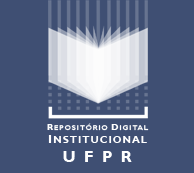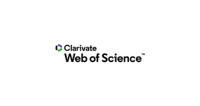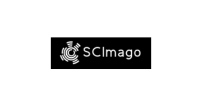FEEDING FREQUENCY ITS ACTION ON VIABILITY OF PRODUCTION AND PARASITE LOAD IN Pterophyllum scalare
DOI:
https://doi.org/10.5380/avs.v20i2.37469Palavras-chave:
Pterophyllum scalare, feed management, ornamental fish.Resumo
Angelfish (Pterophyllum scalare) is a very important species in Brazil’s domestic market, enjoying feeding managements that differ from fish breeders to aquarists, so the cost of feed and labor become relevant items when cultivating the species. Thus, the objective of this work was to assess feeding frequency and feed deprivation based on growth performance, parasite infestation and cost-benefit in farming the species. The experiment was conducted in a completely randomized design in a 3x2 factorial scheme with 3 daily feeding levels, 4 meals, 2 meals and 1 meal; with and without feed deprivation and two repetitions. Feed deprivation consisted of offering feed 5 days a week only. Considering the performance, we observed that feeding once a day is the management of choice when the objective is maintaining fish weight. Feeding twice a day without deprivation and four times a day with or without feed deprivation resulted in higher growth performance than feeding once a day. Monogenean and nematode loads were not influenced by feeding management. The cost-benefit analysis enabled us to observe that the treatment with the best benefit was the one involving two feedings a day with no deprivation. Thus, considering the parameters mentioned above, we concluded that the treatment consisting of two daily feedings with no feed deprivation is the most adequate for farming this specie.
Publicado
Como Citar
Edição
Seção
Licença
Autores que publicam nesta revista concordam com os seguintes termos:
- Autores mantém os direitos autorais e concedem à revista o direito de primeira publicação, com o trabalho simultaneamente licenciado sob a Creative Commons - Atribuição 4.0 Internacional que permite o compartilhamento do trabalho com reconhecimento da autoria e publicação inicial nesta revista.
- Autores têm autorização para assumir contratos adicionais separadamente, para distribuição não-exclusiva da versão do trabalho publicada nesta revista (ex.: publicar em repositório institucional ou como capítulo de livro), com reconhecimento de autoria e publicação inicial nesta revista.
- Autores têm permissão e são estimulados a publicar e distribuir seu trabalho online (ex.: em repositórios institucionais ou na sua página pessoal) a qualquer ponto antes ou durante o processo editorial, já que isso pode gerar alterações produtivas, bem como aumentar o impacto e a citação do trabalho publicado.













